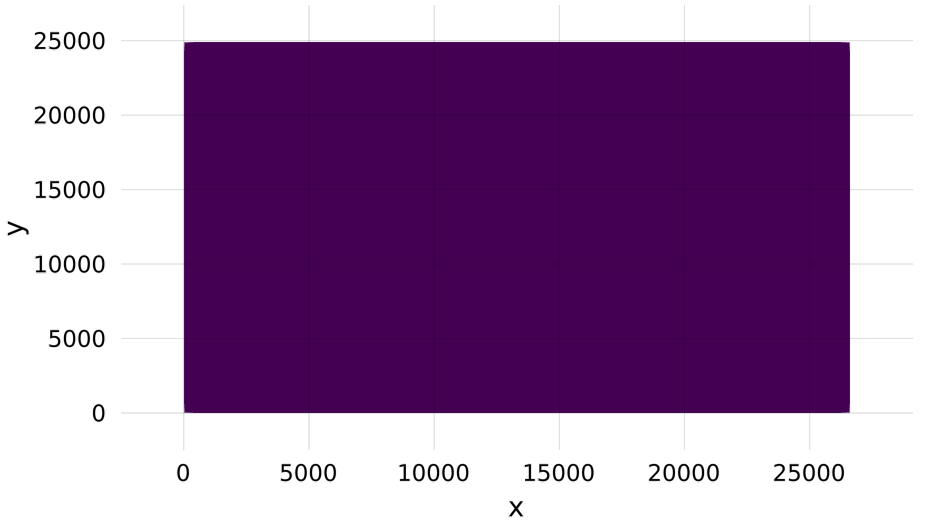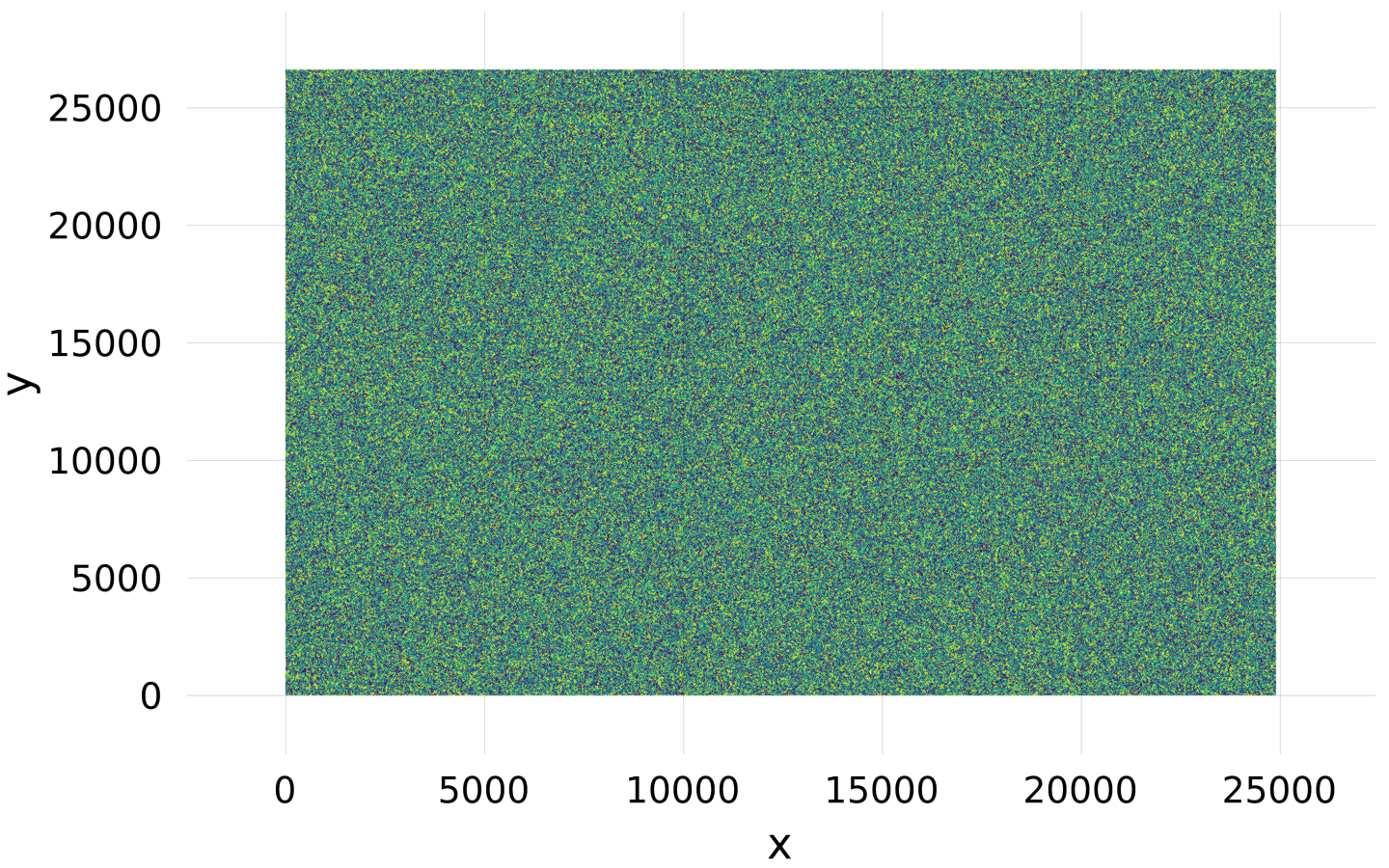New issue
Have a question about this project? Sign up for a free GitHub account to open an issue and contact its maintainers and the community.
By clicking “Sign up for GitHub”, you agree to our terms of service and privacy statement. We’ll occasionally send you account related emails.
Already on GitHub? Sign in to your account
Error plotting a *large* matrix #335
Comments
|
#291 (comment) may have a solution to this (probably have to replace 3d with 2d but otherwise...) |
|
I'm talking about a 2D image, not a 3D one, thus I guess that |
|
Also, what I meant to show when linking to that was vol = rand(506, 720, 1440)
ranges = (1:256, 1:256, 1:256)
scene = volume(ranges..., vol[ranges...])
for i in 1:3
global ranges
ranges = ntuple(3) do j
s = j == i ? last(ranges[j]) : 1
e = j == i ? size(vol, j) : last(ranges[j])
s:e
end
volume!(ranges..., vol[ranges...])
end
scenefor which you could do the same in 2 dimensions with heatmaps. |
Not sure what you mean by "headless system", it's a MacBook running Arch Linux. |
|
Hmm...does Makie work otherwise? (What I meant by a headless system is one with no display, like an SSH-only server or something). If your Macbook Air is old enough, it may not support OpenGL, meaning Makie might not work there.. |
|
Essentially, assemble the whole plot from slices of data, thereby making the texture non continuous and circumventing the OpenGL error. Doing it in one command fails on mine too (although silently). Perhaps this is something we should add to the docs! |
|
yeah this is too big for the gpu and needs tiling! |
|
Is there a value that can be accessed which gives the max 2d texture size (similar to |
Describes remedy for MakieOrg/Makie.jl#335
I guess it uses a different way to plot figures, but matplotlib has no problem to deal with matrices this large and is also relatively fast. These large matrices are not rare in astronomy and it would be great if it were possible to handle them more easily. |
|
I suspect that could be written into a recipe (something like |
Describes remedy for MakieOrg/Makie.jl#335
|
We could recursively break up too-large heatmaps. Not sure if that's doable, though - might need some massaging on the AbstractPlotting end |
|
I think something like that should be handled by another package creating a recipe to view very large arrays |
|
I just ran into this issue when trying to run for xslice in Iterators.partition(axes(mat, 1), 10000)
for yslice in Iterators.partition(axes(mat, 2), 10000)
heatmap!(ax, xslice, yslice, mat[xslice, yslice])
end
end |
|
Yes, I would go with that for now. |




While trying to reproduce this issue, I gave Makie.jl a try, however it fails to plot, with
heatmap, a matrix with size 24900 x 26620 (but also 170000 x 17000):Images this large are relatively common in astronomy and currently I don't see any tool in Julia able to visualise them.
The text was updated successfully, but these errors were encountered: